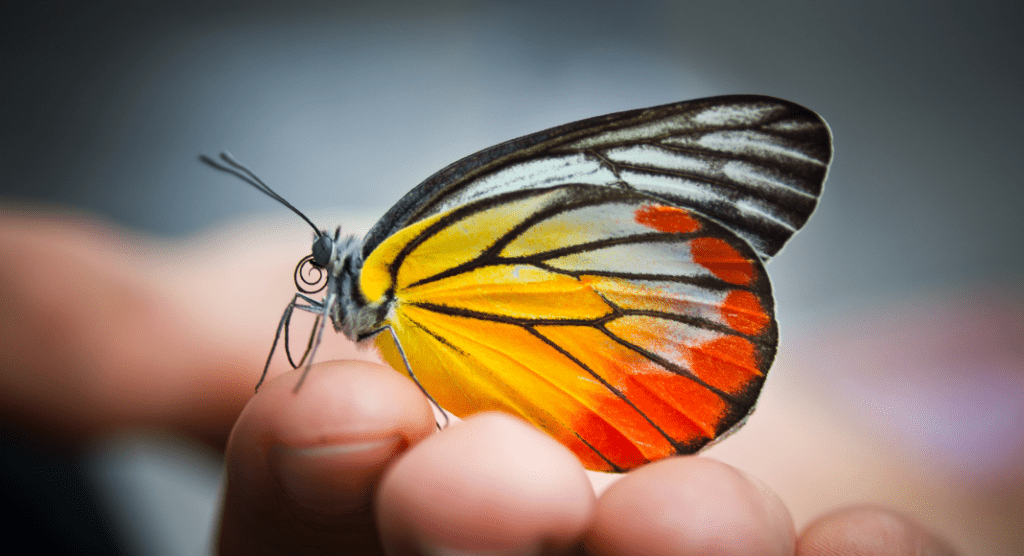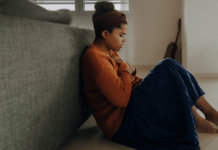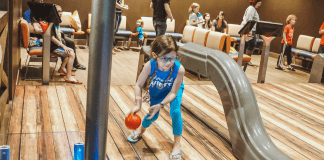It is every parent’s worst nightmare to find out that their child has a terminal or chronic debilitating illness. Seriously, what could be worse?
How about if that illness was one which consumed the largest organ in the human body; the skin. What if the condition resulted in daily pain and constant worry about what may or may not cause injury to the fragile covering of your tiny baby, your child? What if you were afraid to squeeze your little one tight for fear that what should be a comforting hug, will instead instill pain, blistering and tears?
Sounds awful, right?
 Unfortunately, while it is certainly horrifying to imagine, the condition I describe above is very real. In honor of National Rare Disease Day, I have decided to use the platform of this blog to write about Epidermolysis Bullosa. I chose this topic for a variety of reasons.
Unfortunately, while it is certainly horrifying to imagine, the condition I describe above is very real. In honor of National Rare Disease Day, I have decided to use the platform of this blog to write about Epidermolysis Bullosa. I chose this topic for a variety of reasons.
- Because I personally know some people who are affected by this currently incurable and mostly untreatable disease.
- Because a lot of people are unfamiliar with it and it deserves some attention.
- Because, here in Cincinnati, we have one of the only comprehensive treatment centers for EB in the nation.
Epidermolysis Bullosa (EB) is a group of rare genetic conditions that affect one in every 50,000 children. Epidermolysis bullosa is hereditary, meaning that the genes that cause it are present in other family members. People with EB have extremely fragile skin that blisters and tears from friction or trauma. It can seriously affect internal organs as well, requiring care from many different medical specialists. EB occurs in both genders and every racial and ethnic background. It is usually diagnosed at birth, but can be diagnosed at any age. Depending on the type of EB, as well as genetics, the symptoms, severity, long-term outcomes and quality of life differ from person to person affected with EB. With milder forms of EB, skin may blister only on the hands and feet and may not lead to scarring or loss of function. However, in more severe forms, blistering may occur on the skin anywhere on the body and may include secondary injury to internal organs. This can result in disfigurement, disability and can even be life-threatening. Children with the condition are sometimes referred to as “butterfly children” because their skin is as fragile as a butterfly’s wings.
– Definition courtesy of Cincinnati Children’s Hospital
As with most illnesses, EB is not one size fits all. There are different subtypes of the disease and within those subtypes, there can be a range from mild to severe in how the disease presents itself. While some of these children are covered in blisters, wounds that won’t heal and bandages wrapped all over their body, it isn’t obvious by looking at everyone with EB, that they have this disease. For some, it may be blisters on their heels from shoes that rub in just the wrong way or pain resulting from a fabric that doesn’t get along well with their skin. But, regardless of how it looks, there are several constants.
- Quality of life is affected. Dressings must be changed. Pain is often an unwelcome friend. Simple childhood rights of passage, such as little league or tap dance classes may be impossible for fear of injury.
- Their mothers become experts on the disease. They learn how to search for the right shoes, the right clothing and figure out the right touch. They become nurses and doctors to their fragile children. They will move mountains, as all mothers would do for their child.
I asked a friend of mine, a mother of one of these precious butterfly children, to share her story with us here:
Hearing the words, “Ayla has Epidermolysis Bullosa” was one of the most life-changing moments for me as her mom. Yes, I was fearful of the diagnosis, which left us suddenly learning about this rare disease and what it meant for my daughter, but it also changed me in ways I did not expect. As her mom, I was determined to learn as much as possible. I thought I could learn enough to prevent blisters from forming on her delicate baby skin. Well, that is what I initially assumed, until I started to educate myself on this horrible terrifying disorder. That is when my world and heart were flipped upside down. I was overwhelmed with emotions of happiness, yes happiness, because I realized how severe her EB could have been and was so thankful that she had a milder form. But then I was completely saddened because I started to learn what other moms were going through with their precious innocent babies.
Ayla’s wounds are not always visible like skin rips and blisters are. She does suffer from aches and pains that some doctors suggest is nerve pain from her EB. She is a completely “normal” little girl, but she is a sensitive little girl who can suffer more than her twin brother during everyday play. BUT she is healthy, she will live a long healthy life, EB will not take that away. (Something that not every EB Mom can say.) As a family dealing with a rare disease, we had to a lot to learn and we will continue to educate ourselves so that we can provide the best care for our daughter. We have learned that she needs to take breaks so that her feet don’t breakdown. We have learned that only certain footwear will work for her and we need to watch harsh stiff clothing and seams. Her socks need to be changed frequently in the summer months because her feet get very sweaty which will lead to more blisters. We have tried dozens of creams, lotions, and ointments over the past 3 years to find what will work for her. But, the hardest part of dealing with EB is not being able to stop the pain. As a mom, we are our children’s protector; we have this inner-desire to “fix” anything that may go wrong, so mentally processing the fact that I could not permanently fix this was and will always be hard. During wound care, when I need to hold her while she cries in pain, lance her blisters and kiss the bandage afterward, it is something that I never imagined as part of our bonding experience. But our bad days with EB would be considered a good day for so many other families. The families I have met through our online community, families that I pray for and love so much… Those families have forever changed my heart because even though my daughter is mild, as a mom I could never imagine the excruciating pain that burns inside their hearts. This is a reality that people don’t even know exists. A wonderful doctor, Dr. Jakub Tolar said it best, “It is only rare if it is not you.”
For more information on EB, you can check out some of the following resources:
Epidermolysis Bullosa Center at Cincinnati Children’s Hospital Medical Center
The Dystrophic Epidermolysis Bullosa Research Association of America












